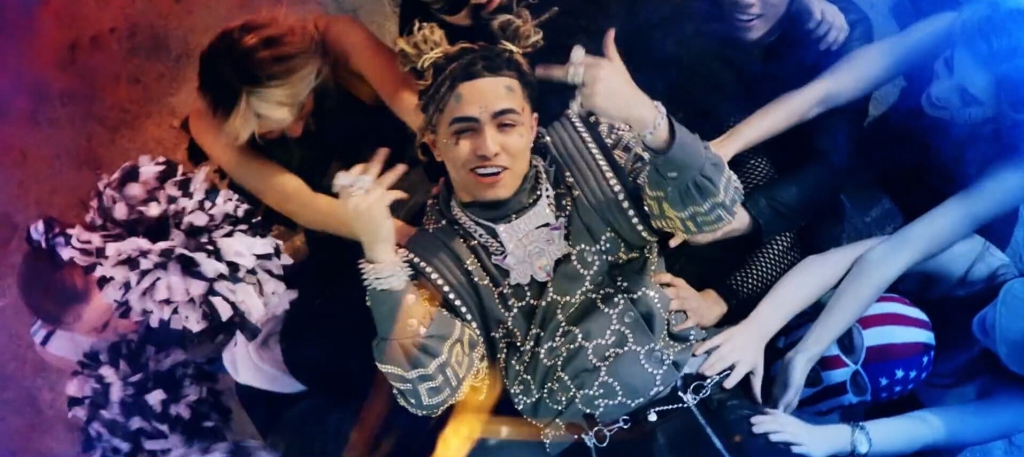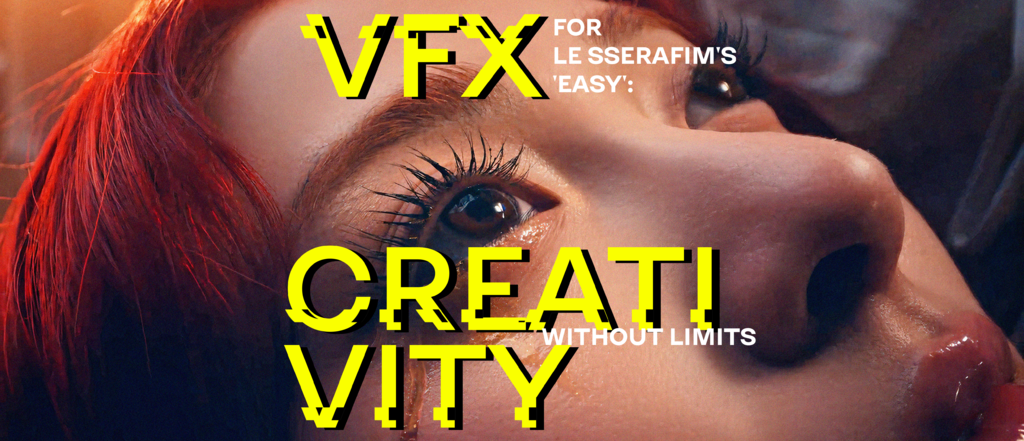As a filmmaker, it is your role to piece together various shots into a smooth visual narrative. The shots themselves are essential in doing this, but the glue that holds them together comes in the form of video transitions.
Video Transitions Effects for Filmmakers
Whether you’re a VFX producer or a film director, it is going to be essential for you to become familiar with the best video transitions effects in order to excel at your craft. Let’s take a look at what exactly these are, the most common types of video transitions, and how to pull them off.
What are transitions in video?

Video transitions are production effects used in post-production to smoothly stitch two shots together. In the past, filmmakers would use very simplistic cuts, simply following one shot with the next, but these days this is rudimentary and can result in a blocky and jarring experience.
Video transitions smooth this sensation out, creating natural feeling cuts whilst conveying specific moods or narratives. To illustrate this further, we will now investigate the most common types of video transitions.
Types of video transitions
There is a vast range of video transitions to be found in modern filmmaking; whilst basic transition effects have been around for many years, the recent accessibility of video editing software has resulted in more artistic and complex transition effects than ever. However, let’s first take things back to the basics with the most common and classic transitions.
Fades
Fade transitions are some of the most common and classic transitions in filmmaking – they use the gradual increasing or decreasing of transparency in order to slowly introduce or conclude a transition.
A fade in transition will often be used to introduce a scene, gradually increasing the opacity of a shot from 0% to 100% over several seconds. This gives the audience a moment to take in what is happening on screen in a subtle way that does not feel abrasive or too sudden.
Fade outs hold a very similar purpose, but with the opposite intention. They will begin with a shot at 100% opacity, gradually increasing the transparency until the shot disappears. Fade outs hold a narrative purpose, generally indicating to the viewer that time has passed.
Dissolves
The previously mentioned fade transitions are particularly useful as they form the foundations for various other transitions, including dissolves.
The main type of dissolve transition is the cross dissolve. These transitions essentially utilize both fade-in and fade-outs simultaneously, with one shot disappearing gradually whilst the next shot becomes opaque at the same rate.
Another common type of dissolve transition is what is known as the ripple dissolve. This is essentially the same thing as a cross dissolve, but with an added ripple effect, essentially adding a wavey sinusoidal filter whilst the cross dissolve commences.
This ripple filter can convey a variety of storytelling devices; it can represent confusion, a dream-like state, intoxication, or surrealness.
Cuts
Some transitions exist in the form of the most basic and abrupt cuts, such as the cutaway. This is where a filmmaker will abruptly cut from one subject to another within a set, usually used to draw attention from primary to secondary information in a scene. This could be used to provide the viewer with additional details to a narrative, or to switch between character focuses during a dialogue.
Another similar type of transition is the jump cut. With this technique, the filmmaker’s camera will remain static (unlike the cutaway), cutting in a way that shows the subject jumping from one position to another. This could involve a character moving from one end of a path to another, to different locations within a building, or all manner of other scenarios. It ultimately provides the impression that things have changed, such as time passing or progress being made.
Iris
Iris transitions facilitate the smooth introduction or end of a scene through the use of circular focal points. They can commonly be found in the outro to cartoons such as Loony Tunes, and generally are tongue-in-cheek in nature.
There are two types of iris transitions – first, you have the Iris In, a shot that will begin with just a small area of a shot visible within a circle. This circle of vision will quickly expand in order to reveal the entire picture, acting as a film or scene introduction.
Iris outs do exactly the opposite – they begin with the entire shot being visible, with the circle of vision beginning outside of the frame and gradually shrinking inwards. This has more narrative connotations to the Iris In, as it provides the opportunity to end the scene with a focus on a particular subject.
Music video transitions
Transitions are generally used sparingly in films and movies, with filmmakers saving them to outline important narratives and event timelines. However, this is not as common for music videos.
Transitions in music videos are often less driven by narrative and more by snappy and fast cuts to keep the viewer interested. The films are generally directed with an audiovisual connection in mind, and these two factors mean that transitions can be used much more liberally than in regular movies.
Due to the rhythmic nature of music videos, transitions are often used in a way that matches the BPM of the song. For example, scenes could transition within a beat of a 90bpm tempo, focussing on providing rhythmic value over narrative.
It’s also worth noting that music videos use more creative video transitions due to the artistic nature of the material. For example, the previously mentioned Ripple transitions may be more common in music videos, and this effect may be combined with explicit effects such as glitch video transitions or psychedelic coloring in order to improve the aesthetic of the music video.
An excellent example of the artistic nature of music video transitions is the cool video transitions found in FRENDER’s VFX production for Скриптонит’s song “Колёса”. You will notice that the director has taken far more creative liberties with the transitions of this production, focussing on aesthetic and rhythmic coherence over narrative and subtly.
How to make video transitions?
Transitions were difficult to achieve back in the early days of filmmaking, but these days, it’s actually pretty simple. Video production software such as Adobe Premiere Pro, Adobe After Effects, and Davinci Resolve all have transition effects built-in as standard features.
Stock video editor transitions are included in this type of software (such as Adobe Video Transitions), but other transitions can be downloaded, bought, or even created from scratch. Filmmakers will then simply drag and drop a transition to occur between two shots, at which point the editor will change the parameters (such as speed and intensity) to optimize the transitions for the shots.
How to make better video transitions - PRO tips
If you’re reading this article, it is likely that you already have experience using video transitions in your filmmaking. However, you may find that they are not particularly effective and you feel like something is missing. Take a look at the following five pro tips – they are absolute musts if you want to be on top of your transition game!
Tip 1: If you’re making a screenplay, subtly is key. Use transitions only where they contribute to your narrative and don’t throw them in for the sake of visual stimuli.
Tip 2: Combine different transitions! Some of the most popular transitions (such as Ripple In/Out) came as a result of combing two or more different transitions to create something unique.
Tip 3: Always consider the length of your transitions carefully. Long transitions can often be too explicit, whilst overly short transitions can feel overstimulating. Find a subtle balance.
Tip 4: If you are working with music, always match transitions to the tempo of the audio track. Ensure that you work with both video and audio in your software to master this craft.
Tip 5: Don’t simply settle for the default video transitions Premiere Pro or other software provides – explore the downloadable content that is available online!
Creative Transition Examples
Whilst we have covered the main types of video transition effects in this guide, it should be emphasized that transitions have come a long way, and it is becoming increasingly common for VFX producers to invent their own creative transitions. Some of these may be designed from scratch by VFX artists or inspired by existing work, in addition to being downloaded as DLC for an existing software package.

A fantastic example of this is FRENDER’s Transition Showreel, in which almost every shot is stitched together with unique and bespoke video transitions. The previously mentioned music video for “Колёса” by Скриптонит presents similarly unusual transitioning. Whilst these kinds of effects are generally used for music videos, they are becoming increasingly common in advertisements, social media content, and online video streams.




